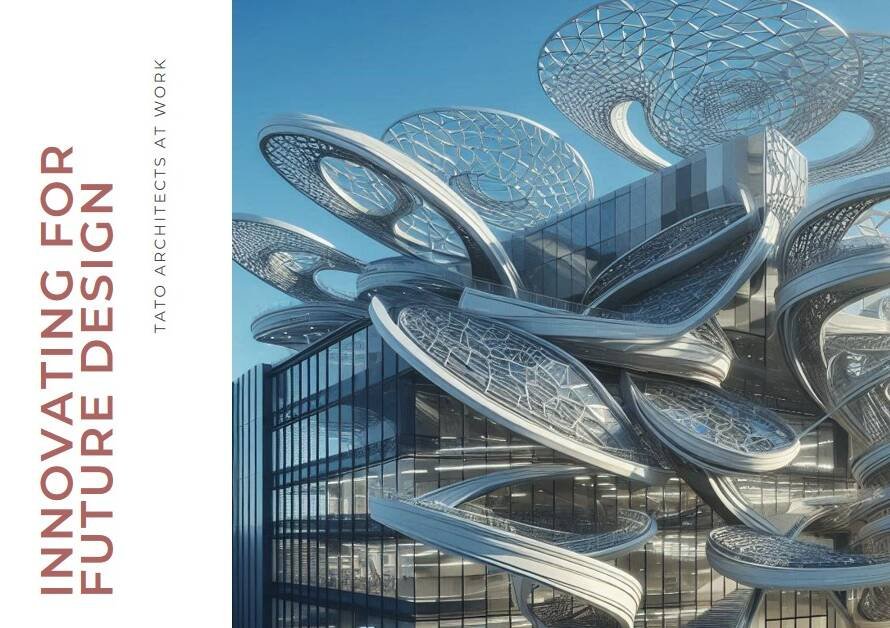
Table of Contents
- Introduction:
- Introduction to Exterior Design Facades:
- Historical Influences on Modern Facades:
- Materials Matter: Choosing the Right Elements
- The Role of Color in Facade Design:
- Sustainability and Eco-Friendly Facades:
- Balancing Aesthetics and Functionality:
- Innovative Design Trends in Facades:
- The Importance of Context and Surroundings:
- Case Studies: Exemplary Facade Designs
- Conclusion: The Future of Facade Design
Introduction:
Creating the perfect exterior facade is a delicate balance of art and science. From traditional elegance to modern minimalism, exterior design facades serve as the first impression of a building, defining its character and aesthetic appeal. In this comprehensive guide, we delve into the myriad aspects of perfecting elevation in exterior design facades, offering insights and inspiration for architects, designers, and homeowners alike.
Introduction to Exterior Design Facades:
Exterior design facades are more than just the outer shell of a building; they are a reflection of the architectural vision and the building’s purpose. A well-designed facade can transform a simple structure into a landmark, creating a lasting impression on all who view it.
In the competitive world of real estate, the facade plays a critical role in attracting potential buyers or tenants. It sets the tone for the entire property and can significantly impact its market value. Understanding the fundamental principles of facade design is essential for achieving a harmonious and aesthetically pleasing exterior.
Historical Influences on Modern Facades:
The history of architecture is rich with diverse styles and influences, each leaving its mark on modern facade design. From the grandeur of Classical architecture to the simplicity of Bauhaus, historical elements continue to inspire contemporary facades.
Integrating historical elements into modern designs can create a sense of timelessness and sophistication. For instance, the use of columns, arches, and intricate moldings can evoke a sense of classical elegance, while clean lines and geometric shapes can reflect modernist ideals.
Materials Matter: Choosing the Right Elements
The choice of materials is pivotal in facade design, affecting not only the aesthetic appeal but also the durability and sustainability of the building. Common materials include brick, stone, wood, glass, and metal, each offering unique characteristics and benefits.
Bricks and stones provide a sense of solidity and permanence, ideal for traditional or rustic designs. On the other hand, glass and metal create a sleek, modern look, perfect for contemporary buildings. Balancing these materials to complement the overall design vision is crucial for achieving the desired outcome.
The Role of Color in Facade Design:
Color is a powerful tool in exterior design, capable of influencing perceptions and emotions. The right color palette can enhance architectural features, create visual interest, and harmonize with the surrounding environment.
Neutral tones such as whites, grays, and beiges are popular for their timeless appeal and versatility. Bold colors can be used to highlight specific elements or create striking contrasts. Understanding color theory and its application in facade design is essential for achieving a cohesive and visually appealing exterior.
Sustainability and Eco-Friendly Facades:
Sustainable design is no longer a trend but a necessity. Eco-friendly facades not only reduce environmental impact but also improve energy efficiency and indoor comfort. Incorporating green building materials and technologies can significantly enhance the sustainability of a facade.
Options such as green walls, solar panels, and energy-efficient windows are becoming increasingly popular. These elements not only contribute to environmental conservation but also add to the aesthetic value and functionality of the facade.
Balancing Aesthetics and Functionality:
While aesthetics are crucial, the functionality of a facade should not be overlooked. A well-designed facade must also provide protection against the elements, ensure privacy, and contribute to the building’s structural integrity.
Advanced technologies such as smart glass, ventilated facades, and integrated shading systems can enhance the functionality of a facade without compromising its aesthetic appeal. Striking the right balance between beauty and practicality is key to creating a successful exterior design.


Innovative Design Trends in Facades:
Staying abreast of the latest trends in facade design is essential for creating contemporary and forward-thinking exteriors. Current trends include the use of parametric design, kinetic facades, and interactive elements.
Parametric design utilizes algorithms to create complex, fluid shapes that would be impossible to achieve with traditional methods. Kinetic facades feature movable elements that can change position or appearance in response to environmental conditions. These innovative approaches push the boundaries of traditional facade design, offering exciting new possibilities.
The Importance of Context and Surroundings:
A facade should not exist in isolation; it must harmonize with its surroundings. Understanding the context, including the local climate, culture, and architectural style, is crucial for creating a facade that fits seamlessly into its environment.
For example, a modern glass facade might look out of place in a historic district, while a traditional brick facade might not suit a contemporary urban setting. Designers must carefully consider the context to ensure the facade enhances rather than detracts from its surroundings.
Case Studies: Exemplary Facade Designs
Examining successful facade designs can provide valuable insights and inspiration. Case studies of iconic buildings, such as the Sydney Opera House, the Louvre Pyramid, and the Burj Khalifa, showcase the diverse possibilities in facade design.
These examples highlight the importance of creativity, innovation, and attention to detail in creating exceptional facades. They also demonstrate how effective facade design can elevate a building’s status and make it a landmark in its own right.
Conclusion: The Future of Facade Design
The future of facade design lies in the integration of technology, sustainability, and creativity. As architects and designers continue to push the boundaries of what is possible, the potential for creating truly remarkable exteriors is limitless.
By understanding the principles and trends outlined in this guide, professionals can perfect the elevation of their designs, creating facades that are not only beautiful but also functional and sustainable. The art and science of facade design will continue to evolve, shaping the skylines of tomorrow’s cities.


